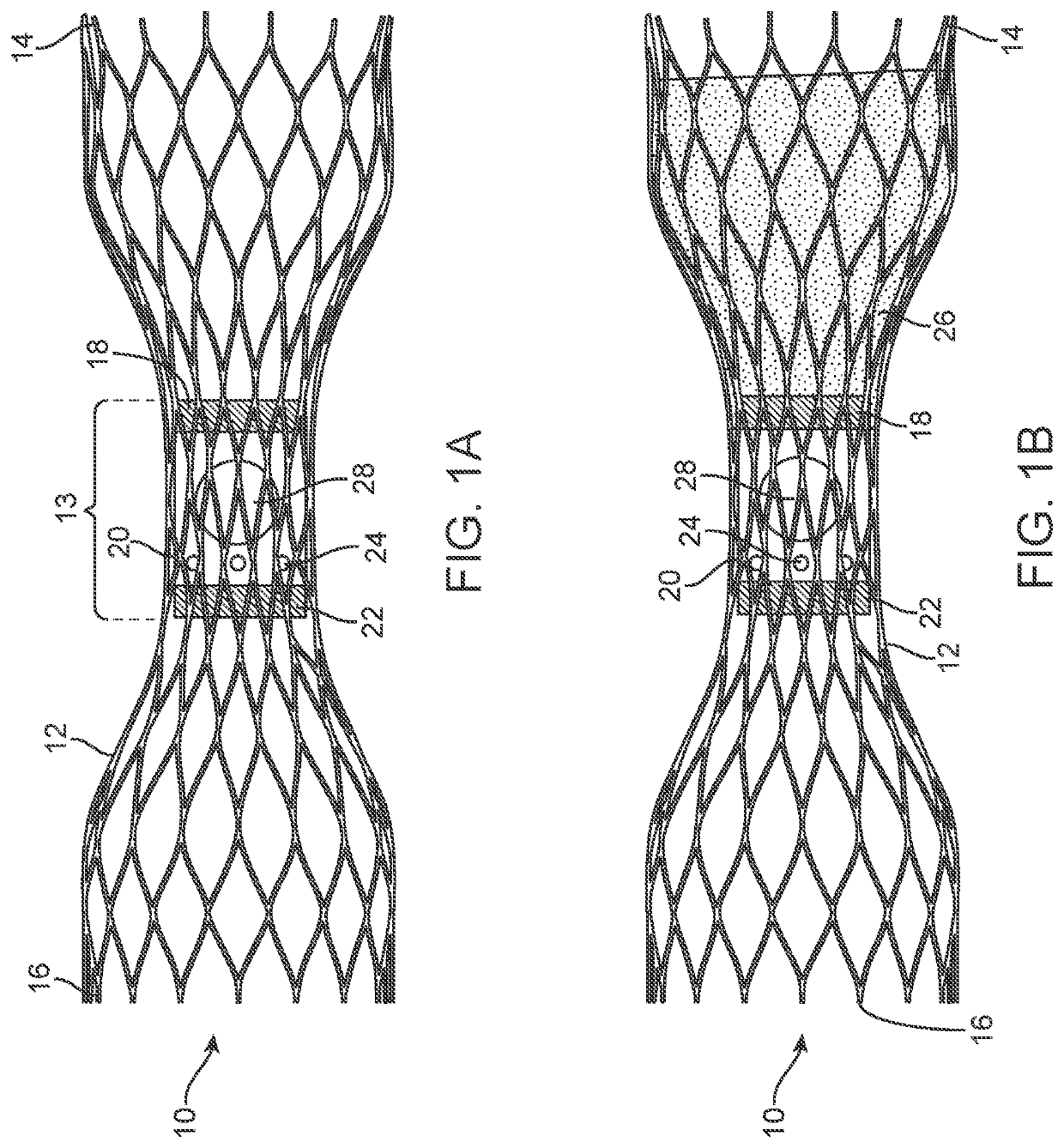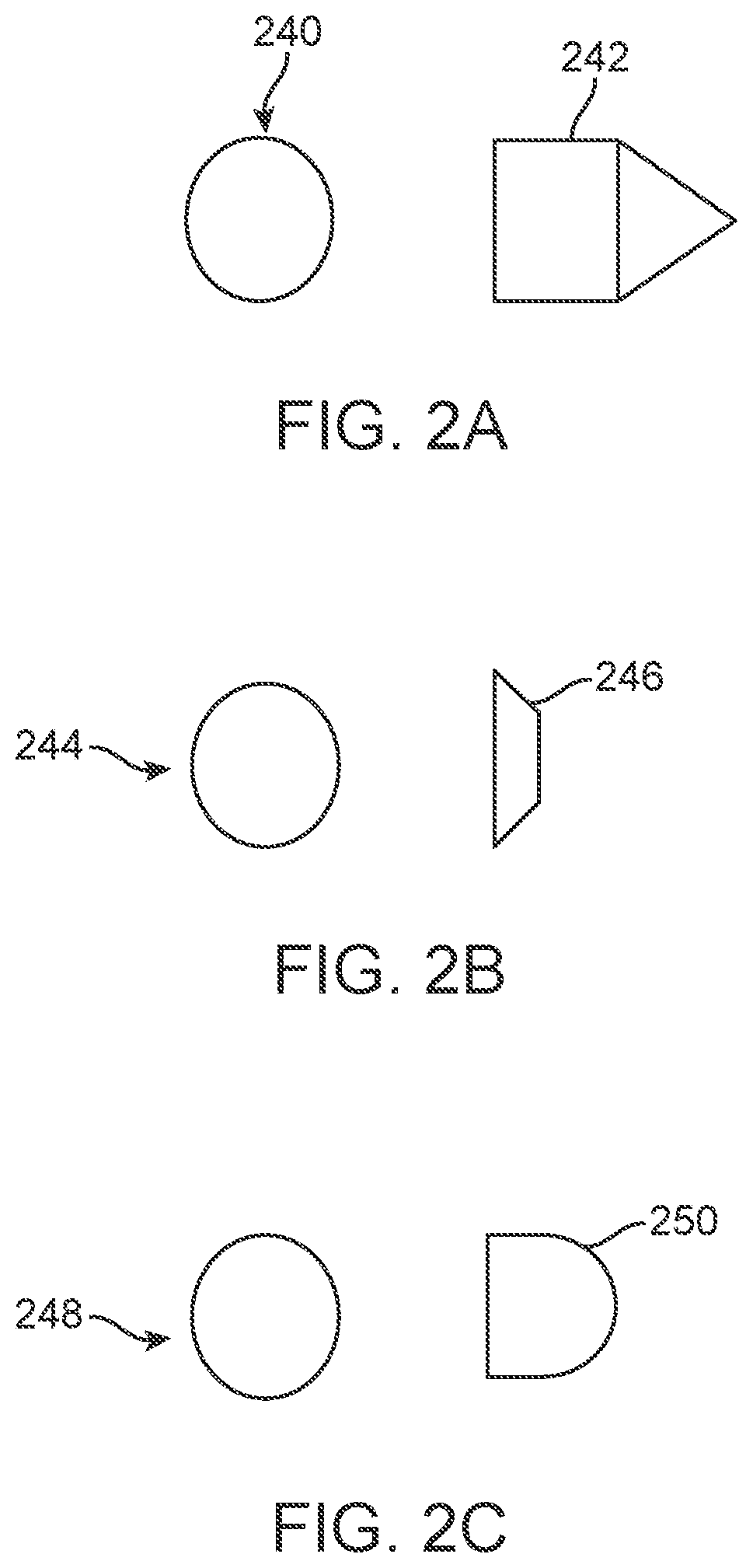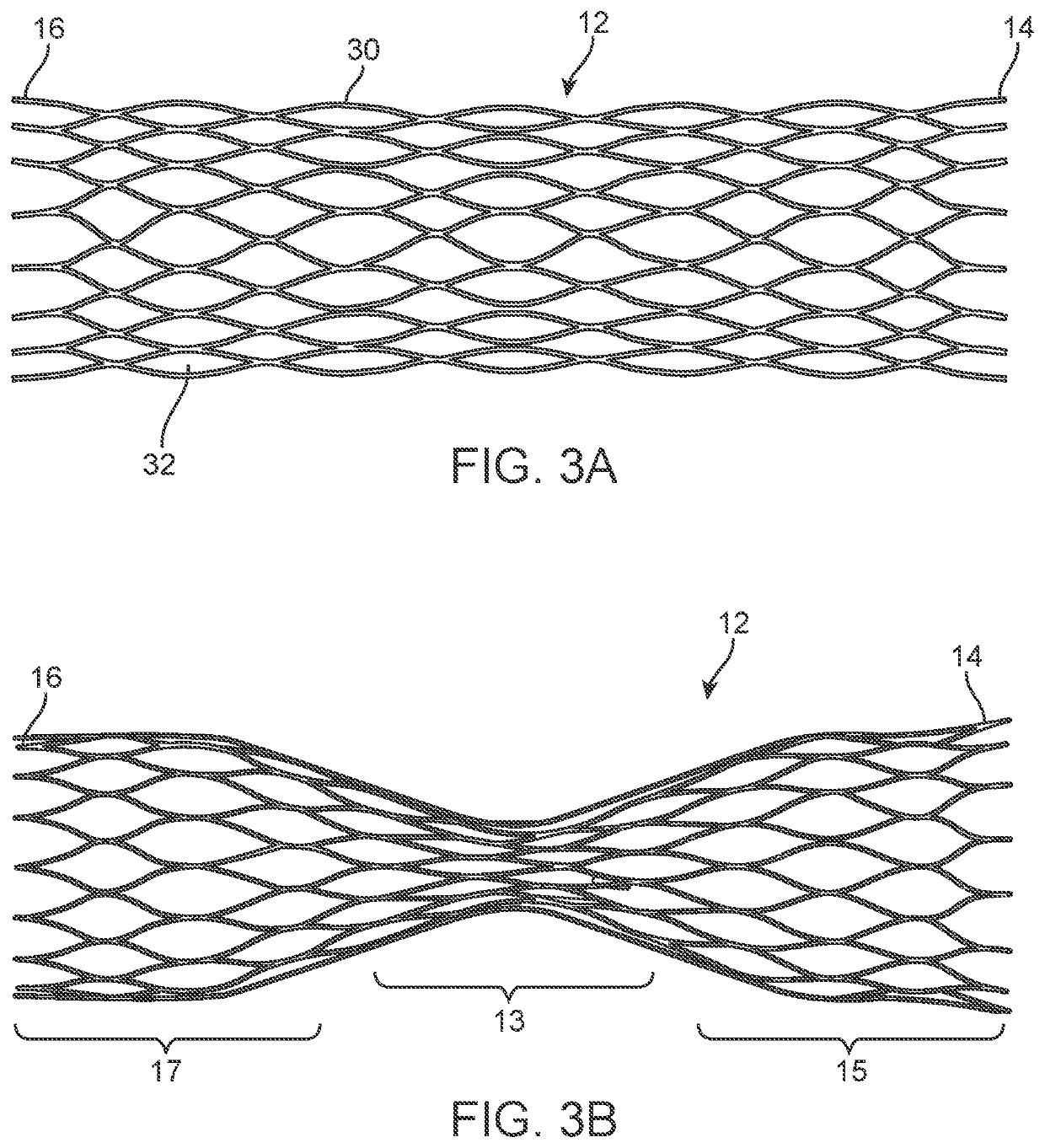Vascular valve prosthesis
a prosthetic valve and valve valve technology, applied in the field of medical devices, can solve the problems of inability to function properly of the valve, venous disease due to incompetent venous valves, and prone to failure of the prosthetic membrane or flap valve, so as to prevent the backflow of blood through the valve, facilitate blood flow, and minimize the diameter of the delivery catheter
- Summary
- Abstract
- Description
- Claims
- Application Information
AI Technical Summary
Benefits of technology
Problems solved by technology
Method used
Image
Examples
Embodiment Construction
[0068]This application describes various embodiments and features of a device, system, and method involving a vascular valve prosthesis for implantation in a blood vessel to improve function of the blood vessel. In many cases, the vascular valve prosthesis is used in human veins, to help treat venous insufficiency. In alternative embodiments, however, the valve prosthesis may be used in arteries, other locations in the body, such as heart valves or other body lumens, and / or it may be used in animals. Therefore, although the following description focuses on use of the valve prosthesis in veins, this should not be interpreted as limiting the scope of the claims.
[0069]Many of the embodiments described herein are of a vascular ball valve prosthesis, as opposed to prior art leaflet or flap valve approaches. The assignee of the present application described a number of embodiments of ball valve prostheses in U.S. Patent Application Pub. No. 2017 / 0056175, titled “Venous Valve Prosthesis” (...
PUM
 Login to View More
Login to View More Abstract
Description
Claims
Application Information
 Login to View More
Login to View More - R&D
- Intellectual Property
- Life Sciences
- Materials
- Tech Scout
- Unparalleled Data Quality
- Higher Quality Content
- 60% Fewer Hallucinations
Browse by: Latest US Patents, China's latest patents, Technical Efficacy Thesaurus, Application Domain, Technology Topic, Popular Technical Reports.
© 2025 PatSnap. All rights reserved.Legal|Privacy policy|Modern Slavery Act Transparency Statement|Sitemap|About US| Contact US: help@patsnap.com



